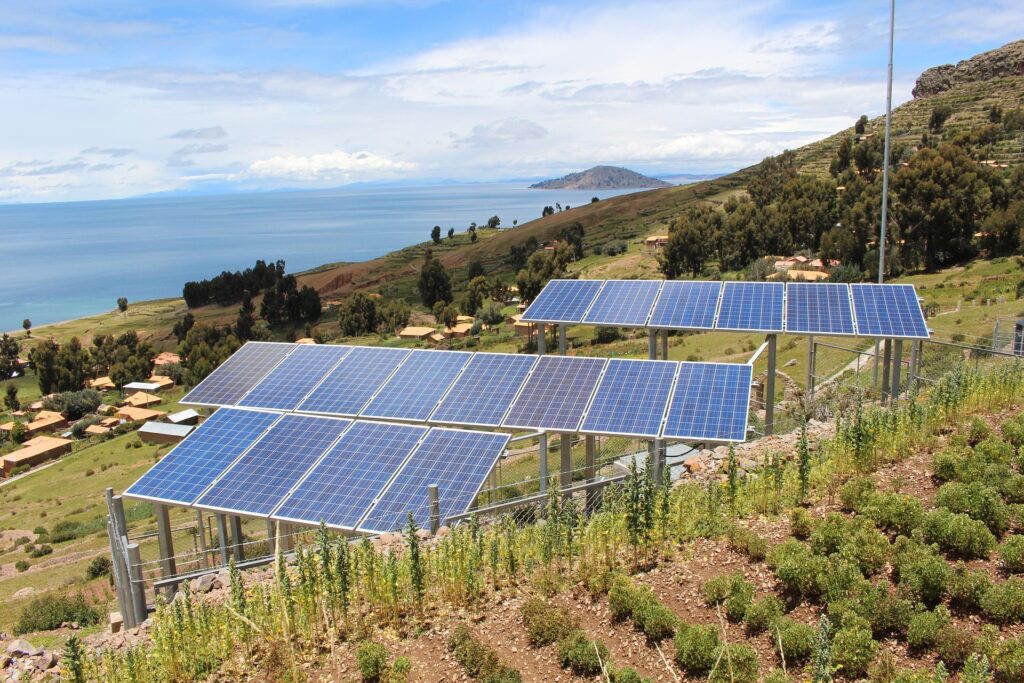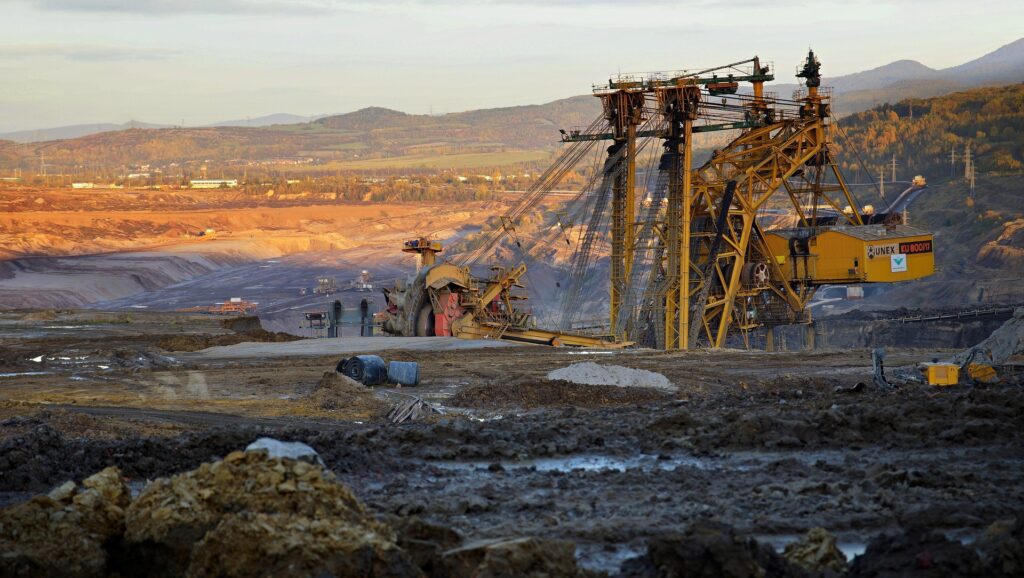Renewable energy has become the ray of hope for a more sustainable and greener future in a time when environmental degradation and climate change are major issues. Green energy solutions are becoming more and more necessary as the world moves away from fossil fuels.
What is Renewable Energy?
Energy from sources that naturally replenish themselves over time is referred to as renewable energy. These consist of biomass, geothermal heat, wind, rain, tides, waves, and sunlight. Clean energy sources provide a sustainable substitute with a significantly lower environmental impact than fossil fuels, which are limited and release damaging greenhouse gases.
Some of the most prominent forms of renewable energy include:
- Solar energy
- Wind energy
- Hydropower
- Biomass energy
- Geothermal energy
- Renewable natural gas
Thanks to technological developments and growing support from renewable energy companies, these energy sources are not only clean but also becoming more affordable.
Why the Shift to Green Energy Matters
One of the biggest sources of greenhouse gas emissions worldwide is the energy sector. More than 70% of carbon dioxide emissions worldwide are caused by burning fossil fuels for heat and power. Extreme weather patterns, sea level rise, and global warming are all significantly impacted by this.
By offering carbon-neutral substitutes, switching to green energy lessons these effects. The change also offers a host of additional advantages:
Energy independence: Nations can lessen their dependence on foreign fuels.
- Creation of jobs: Compared to fossil fuels, the clean energy industry creates more jobs per unit of electricity produced due to its labor-intensive nature.
- Health benefits: Less air pollution means fewer heart and respiratory issues.
- Economic development: Innovation and sustainable economic growth are stimulated by investments in renewable resources.
A Closer Look at Biomass Energy and Renewable Natural Gas
Particular consideration should be given to biomass energy and renewable natural gas (RNG) among the different forms of renewable energy.
Energy from Biomass
Wood, agricultural waste, and animal dung are examples of organic materials that are used to create biomass energy. These materials are either directly burned to provide heat or transformed into biogas and biofuels. Because the amount of carbon dioxide that biomass releases is about equal to the amount that plants absorb over their lifetime, biomass is regarded as carbon-neutral.
Biomass can be used for:
- Heating homes and buildings
- Generating electricity
- Producing transportation fuels like ethanol and biodiesel
Renewable Natural Gas
One form of biogas that has been refined to satisfy pipeline-quality requirements is renewable natural gas. It is made from organic waste in wastewater treatment facilities, livestock farms, and landfills. RNG is a smooth transition option for utilities and industries because it can be used in the same applications as traditional natural gas.

The Role of Solar Energy Companies in the Energy Transition
Leading the global renewable energy movement are solar energy companies. Over the past ten years, the cost of solar panels has decreased by over 80%, making solar energy one of the most affordable and expandable clean energy sources.
These businesses provide a variety of services:
- Solar system design and installation for utilities, businesses, and residences
- Building solar farms
- Offering solutions for energy storage and maintenance
- Developing cutting-edge technologies such as floating solar panels and solar shingles
Solar energy companies will continue to be essential in changing the global energy landscape as the demand for sustainable electricity rises.
Leading Renewable Energy Companies Worldwide
With renewable energy companies growing their portfolios and footprints worldwide, the clean energy industry is booming. Large corporations are making significant investments in wind, solar, and other renewable resources, including NextEra Energy, Ørsted, and Iberdrola.
Additionally, these businesses are investigating innovations like smart grids.
- Systems for storing energy
- Technologies for hydrogen fuel
- AI-driven energy efficiency
They are contributing to the acceleration of the shift to a zero-carbon economy by propelling infrastructure development and technological advancements.
Challenges Facing Renewable Energy Adoption
Adoption of renewable energy is fraught with difficulties despite its many advantages:
- Intermittency: Because solar and wind energy depend on the weather, they might need storage or backup systems.
- Limitations of the infrastructure: It can be difficult and expensive to upgrade transmission lines and incorporate renewable energy sources into current grids.
- Initial costs: Although operating costs are minimal, systems such as wind turbines or solar panels may require a substantial initial investment.
- Regulation and policy: While inconsistent regulations can impede progress, supportive government policies are essential.
However, innovation, government incentives, and growing public awareness are helping to gradually overcome these obstacles.
The Future of Renewable Energy
Renewable energy has a promising future. By 2030, 90% of new electricity generated worldwide is expected to come from renewable sources, according to the International Energy Agency (IEA). This expansion is anticipated to be driven primarily by solar power, with wind and biomass energy coming in second and third.
The future will be shaped by several major trends:
- Decentralized energy systems: More people will generate and store their own energy.
- Corporate sustainability: Businesses are pledging to run entirely on renewable energy.
- Innovation in storage: Reliability will be increased by batteries and other energy storage technologies.
- Transportation electrification: Clean energy-powered electric cars will cut down on emissions in the transportation industry.
Embracing Renewable Resources for a Sustainable Tomorrow
Making the switch to green energy is not only necessary for the environment; it is also a chance for the economy and society. We can create a world that is healthier, cleaner, and more just by utilizing renewable resources like sunlight, wind, and organic waste.
Every step matters, whether it’s through individuals supporting sustainable practices, renewable energy companies building massive wind farms, or solar energy companies installing rooftop panels.
Renewable energy is the way of the future. Together, let’s power it.


